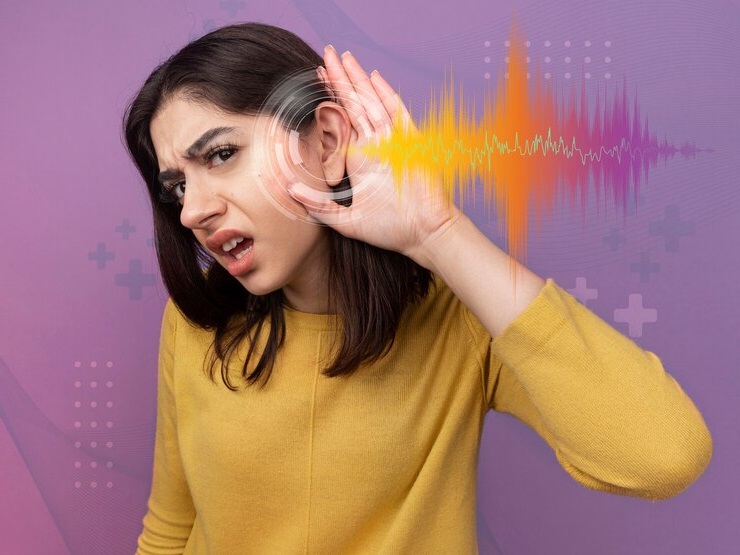
Lucid dreaming, the ability to be aware and in control of your dreams, is a fascinating phenomenon that has captivated the interest of many individuals. It offers a unique opportunity to explore and experience a world limited only by one’s imagination. While there are various techniques and methods that claim to help induce lucid dreams, one that has gained attention in recent years is the use of binaural beats. In this article, we will explore the claims surrounding binaural beats and their potential to cause lucid dreams.
Claims of inducing lucid dreams
Some individuals believe that binaural beats can be a powerful tool for inducing lucid dreams. They claim that by listening to these beats, which are a form of auditory stimulation, one can alter their brainwaves and enter a state conducive to lucid dreaming. The idea is that the beats can synchronize the brain’s hemispheres and promote relaxation and altered states of consciousness, making it easier to become aware and in control of one’s dreams.
What are binaural beats?
Binaural beats are created by playing two different frequencies in each ear, resulting in a perceived third frequency. For example, if a frequency of 200 Hz is played in one ear and a frequency of 210 Hz is played in the other ear, the brain perceives a binaural beat of 10 Hz. These beats are typically played through headphones to ensure that each ear receives a separate frequency.
The theory behind binaural beats
The theory behind binaural beats is based on the concept of brainwave entrainment. It suggests that when the brain is exposed to a rhythmic stimulus, such as binaural beats, it will begin to synchronize its own electrical activity to match the frequency of the stimulus. This synchronization is believed to promote relaxation, focus, and altered states of consciousness.
Limited scientific research
While the claims surrounding binaural beats and lucid dreaming are intriguing, it is important to note that there is limited scientific research on the topic. Most of the studies conducted have focused on the effects of binaural beats on relaxation and meditation, rather than specifically on lucid dreaming. Therefore, it is difficult to draw definitive conclusions about the effectiveness of binaural beats for inducing lucid dreams.
Individual reports of success
Despite the lack of scientific research, there are many anecdotal reports of individuals experiencing success with binaural beats for lucid dreaming. These individuals claim that by regularly listening to binaural beats before sleep or during a nap, they have been able to increase their chances of having lucid dreams. However, it is important to remember that individual experiences may vary, and what works for one person may not work for another.
Relaxation and altered states of consciousness
One possible explanation for the reported success of binaural beats in inducing lucid dreams is their ability to promote relaxation and altered states of consciousness. By listening to these beats, individuals may be able to relax their mind and body, making it easier to enter a lucid dream state. The rhythmic nature of the beats may also help to focus the mind and increase awareness, further enhancing the chances of having a lucid dream.
Individual experiences may vary
It is important to approach the use of binaural beats for lucid dreaming with an open mind and realistic expectations. While some individuals may experience success with binaural beats, others may not notice any significant effects. Factors such as individual brain chemistry, sleep patterns, and overall mental state can all influence the effectiveness of binaural beats for inducing lucid dreams.
Using binaural beats with other techniques
For those interested in using binaural beats as a tool for lucid dreaming, it is recommended to combine their use with other proven techniques. These may include reality checks, dream journaling, and practicing mindfulness and meditation. By incorporating binaural beats into a comprehensive lucid dreaming practice, individuals may increase their chances of having lucid dreams.
Experimenting with different frequencies and durations
When using binaural beats for lucid dreaming, it is also important to experiment with different frequencies and durations to find what works best for you. Some individuals may find that higher frequencies, such as those in the gamma range (30-100 Hz), are more effective, while others may respond better to lower frequencies, such as those in the theta range (4-8 Hz). Additionally, the duration of exposure to binaural beats may also vary from person to person.
Factors and practice also play a role
While binaural beats may be a useful tool for inducing lucid dreams, it is important to remember that they are not a magic solution. Factors such as overall sleep quality, stress levels, and individual practice and dedication to lucid dreaming techniques also play a significant role. It is important to approach lucid dreaming as a journey and to be patient and persistent in your efforts.





